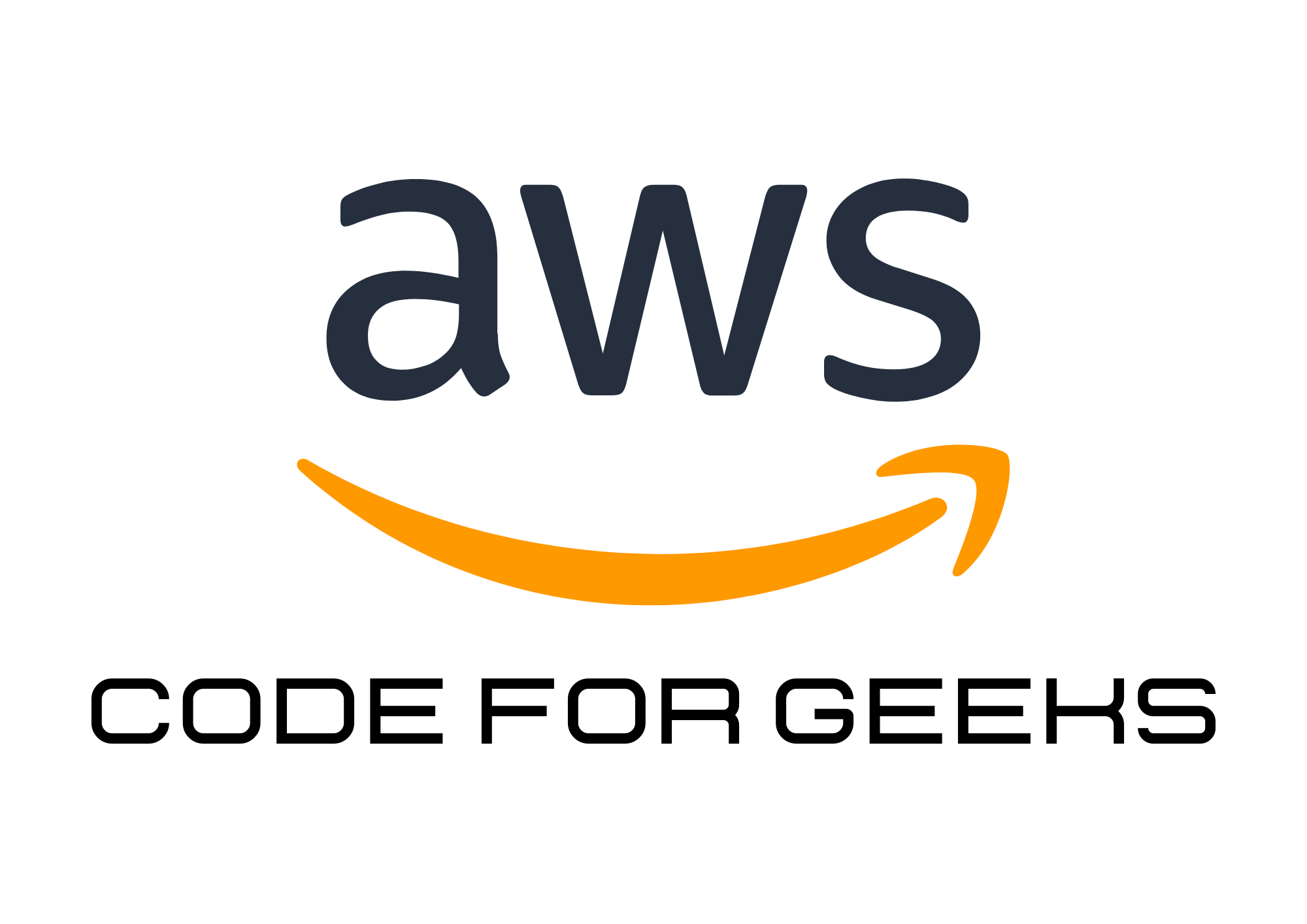Real-World Problem: Keeping Users Informed with Real-Time Notifications
Modern applications rely heavily on notifications to keep users engaged. Whether it’s an e-commerce app sending order updates, a social media platform alerting about new messages, or a monitoring tool notifying about system errors, real-time notifications are crucial.
In this tutorial, we’ll use AWS Lambda to build a real-time notification system integrated with Amazon SNS (Simple Notification Service).
Why Use AWS Lambda for Notifications?
- Event-Driven: Automatically trigger notifications based on specific events, such as database updates or API calls.
- Serverless Scalability: Handle thousands of notification requests without managing infrastructure.
- Low Latency: Ensure instant delivery of notifications to users.
- Cross-Channel Support: Send notifications via SMS, email, or push notifications using SNS.
How the Solution Works
- Event Source: A user places an order, generating an event in DynamoDB.
- Trigger: The DynamoDB event invokes a Lambda function.
- Notification Logic: Lambda processes the event and sends a notification via Amazon SNS.
- Delivery: SNS delivers the notification to users via email, SMS, or mobile push.
Step-by-Step: Building the Real-Time Notification System
Step 1: Set Up DynamoDB for Event Tracking
- Create a DynamoDB Table:
- Go to AWS Management Console → DynamoDB → Create Table.
- Name the table
Orderswith a partition keyOrderID.
- Add Sample Data: Insert a sample order item into DynamoDB
{
“OrderID”: “12345”,
“CustomerName”: “John Doe”,
“OrderStatus”: “Processing”
}
Step 2: Configure Amazon SNS
- Create an SNS Topic:
- Navigate to Amazon SNS → Topics → Create Topic.
- Name the topic
OrderUpdates.
- Add Subscriptions:
- Add an Email Subscription:
- Protocol: Email.
- Endpoint: Your email address.
- Add an SMS Subscription (Optional):
- Protocol: SMS.
- Endpoint: Your phone number.
- Add an Email Subscription:
- Confirm Subscriptions:
- Check your email or phone to confirm the subscriptions.
Step 3: Create the Lambda Function
- Go to Lambda Console:
- Create a new function named
SendOrderNotifications. - Use Node.js 18.x as the runtime.
- Create a new function named
- Attach IAM Permissions:
- Attach the
AmazonSNSFullAccesspolicy to allow Lambda to publish messages to SNS.
- Attach the
- Write the Function Code: Add the following code to
index.js:
const AWS = require(‘aws-sdk’);
const sns = new AWS.SNS();
exports.handler = async (event) => {
try {
console.log(‘Event received:’, JSON.stringify(event));
// Extract order details from the DynamoDB event
const orderDetails = event.Records[0].dynamodb.NewImage;
const orderID = orderDetails.OrderID.S;
const customerName = orderDetails.CustomerName.S;
const orderStatus = orderDetails.OrderStatus.S;
// Construct the notification message
const message = `Hello ${customerName}, your order (#${orderID}) status is now: ${orderStatus}.`;
// Publish the message to SNS
const params = {
Message: message,
TopicArn: ‘arn:aws:sns:us-east-1:123456789012:OrderUpdates’
};
await sns.publish(params).promise();
console.log(‘Notification sent successfully.’);
} catch (error) {
console.error(‘Error sending notification:’, error);
throw error;
}
};
Step 4: Add DynamoDB Trigger
- Go to the DynamoDB Table → Triggers → Create Trigger.
- Select your Lambda function (
SendOrderNotifications) as the trigger. - Save the configuration.
Step 5: Test the System
1.Insert a New Order:
Add a new item to the Orders table in DynamoDB
{
“OrderID”: “12346”,
“CustomerName”: “Jane Doe”,
“OrderStatus”: “Shipped”
}
2.Receive the Notification:
Check your email or SMS for a notification about the order status update.
Real-Life Use Cases
- E-Commerce Platforms:
- Send order confirmations, shipping updates, and delivery notifications.
- Social Media Apps:
- Notify users about friend requests, likes, or comments.
- System Monitoring:
- Alert teams about server errors or unusual activity in real time.
Pro Tips for AWS Lambda Notifications
- Use Environment Variables:
Store the SNS topic ARN in environment variables for easier configuration. - Filter DynamoDB Events:
Use conditions to trigger notifications only for specific changes, like status updates. - Monitor Performance:
Use AWS CloudWatch to track function invocations and detect any failures. - Retry Logic:
Enable dead-letter queues to capture failed notifications for later processing. - Cost Optimization:
Leverage AWS Free Tier for Lambda and SNS to minimize costs for low-usage scenarios.
Pricing Breakdown
- AWS Lambda:
- Free for the first 1 million requests. $0.20 per million requests after.
- Compute time costs $0.00001667 per GB-second.
- Amazon SNS:
- $0.50 per million publishes.
- $0.00645 per SMS in the US (email notifications are free).
- DynamoDB:
- Free for up to 25 GB of storage and 25 Write/Read Capacity Units.
Conclusion: Build Engaging Applications with Lambda
AWS Lambda’s event-driven architecture makes it ideal for real-time notification systems. By integrating with SNS, DynamoDB, and other AWS services, you can build a highly scalable, cost-effective notification system for your application.
Ready to engage your users like never before? Start building your Lambda-powered notification system today and deliver real-time updates with ease.

